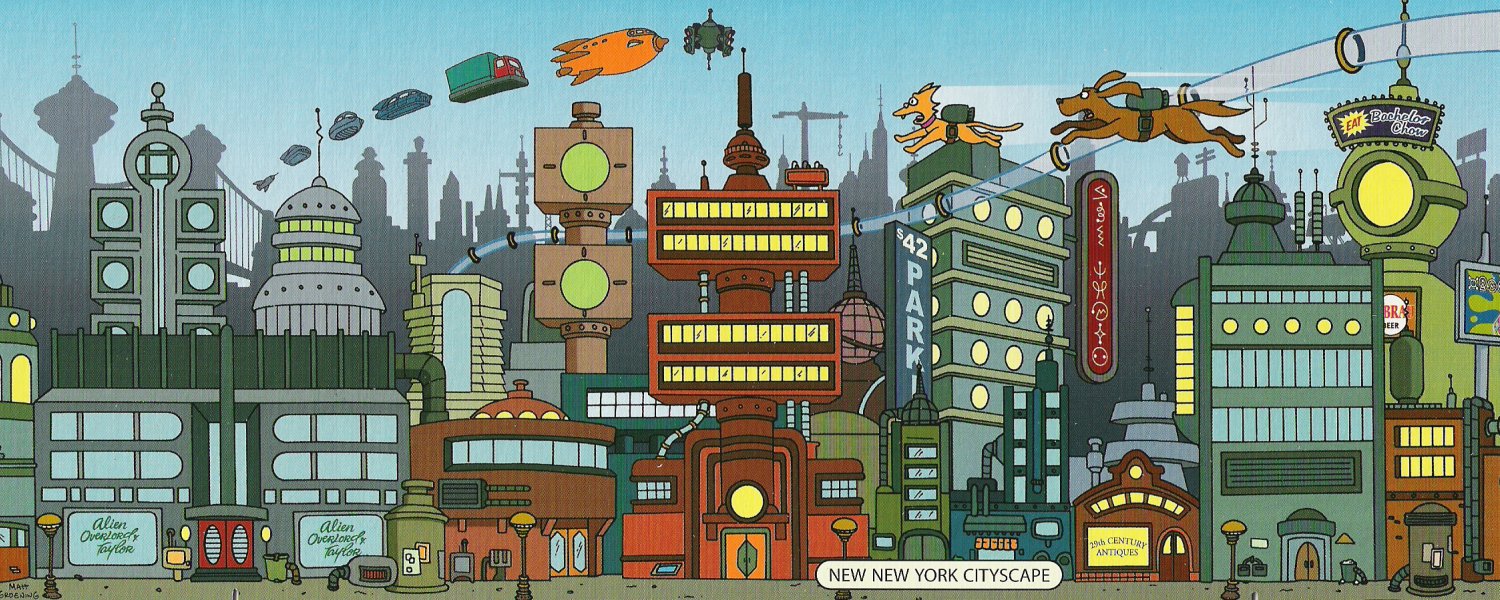Faithful to Loss and Faithful to Change
Cynthia Ozick’s piece “The Synthetic Sublime” read to me as a eulogy to New York, but also an ode to its ever-changing landscape. Neighborhoods crumbling and rebuilding themselves at our feet, forcing the city to lose what Ozick views as its charms. Ozick seems to lament the days of grand hotels and men in sleek gray fedoras, two examples that evoke for me a very Mad Man-esque image. In essence, she is remembering and almost paying respects to the New York of the past.
Unlike E.B. White’s fears of a nuclear bomb destroying the city, Ozick’s own fears seem to lie, not with large-scale disasters, but simply with time. Much of her essay creates a juxtaposition between past and present New York City, some of it even coming from Ozick’s own personal experiences. “My Latin teacher is dead,” Ozick realizes during those rare times she passes by her alma mater. “My German teacher is dead. My biology teacher is dead. It is only the city itself that lives on” (960). A few days ago, as my friend and I were taking the train home together and reminiscing about elementary school, the same thought occurred to us about our kindergarten teacher. My friend informed me that she had been very ill toward the end of the school year and that she had retired the year after that. A moment of silence passed between us as we mulled over the information.

As written on page 960, “New York is faithful to loss and faithful to change.” To me, that statement is bittersweet. Change is an inevitability of life, one that all humans fear to some degree. Yet, as stated on page 949, “The paradox of New York is that its disappearances contain constancies.” The city will forever be changing–its status in the world wouldn’t allow it to stay consistent even if it tried–but there is a comfort that comes along with knowing New York City is always evolving. Personally, I don’t believe it should be a bad thing. If New York City didn’t change, it wouldn’t be New York City.

However, for every difference–a new demographic entering a neighborhood, a chain store taking the place of three small business, a building turning into a museum–the people and emotions of the city never change by much. There are still those who are impoverished and those who come from generations of money, those who have just immigrated and those whose grandparents came over decades ago. I expect that, just like Ozick, in the decades to come someone will also lament the New York City of today. Then there are the uncomfortably hot summers, the beautiful winters, the rushed feeling in the air and the smell of ambition–those traits also seem to be a constant. As opposed to the ending of E. B. White’s essay, Ozick’s ending makes me almost eager to see the city change in my lifetime because I feel assured that some things will still remain the same.



